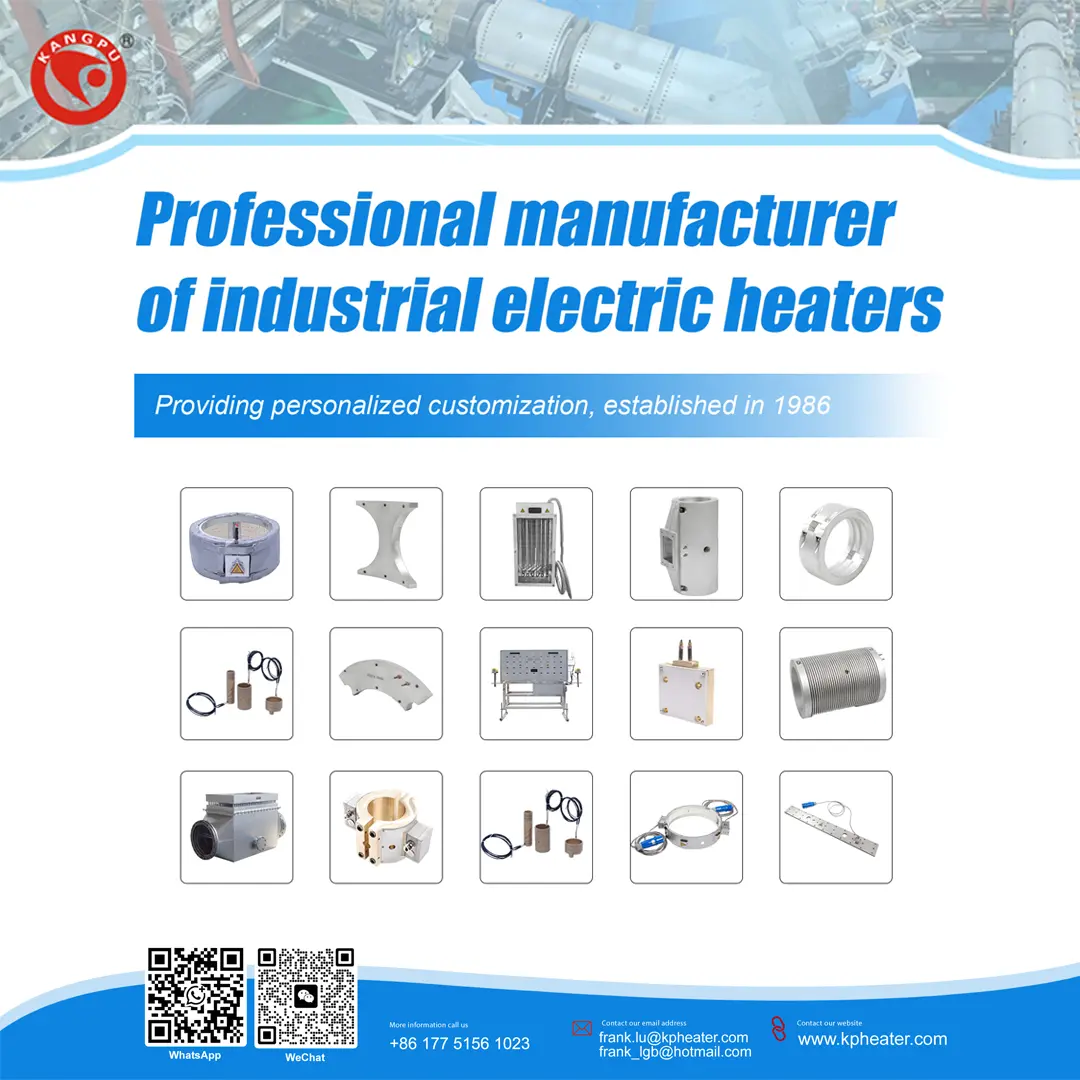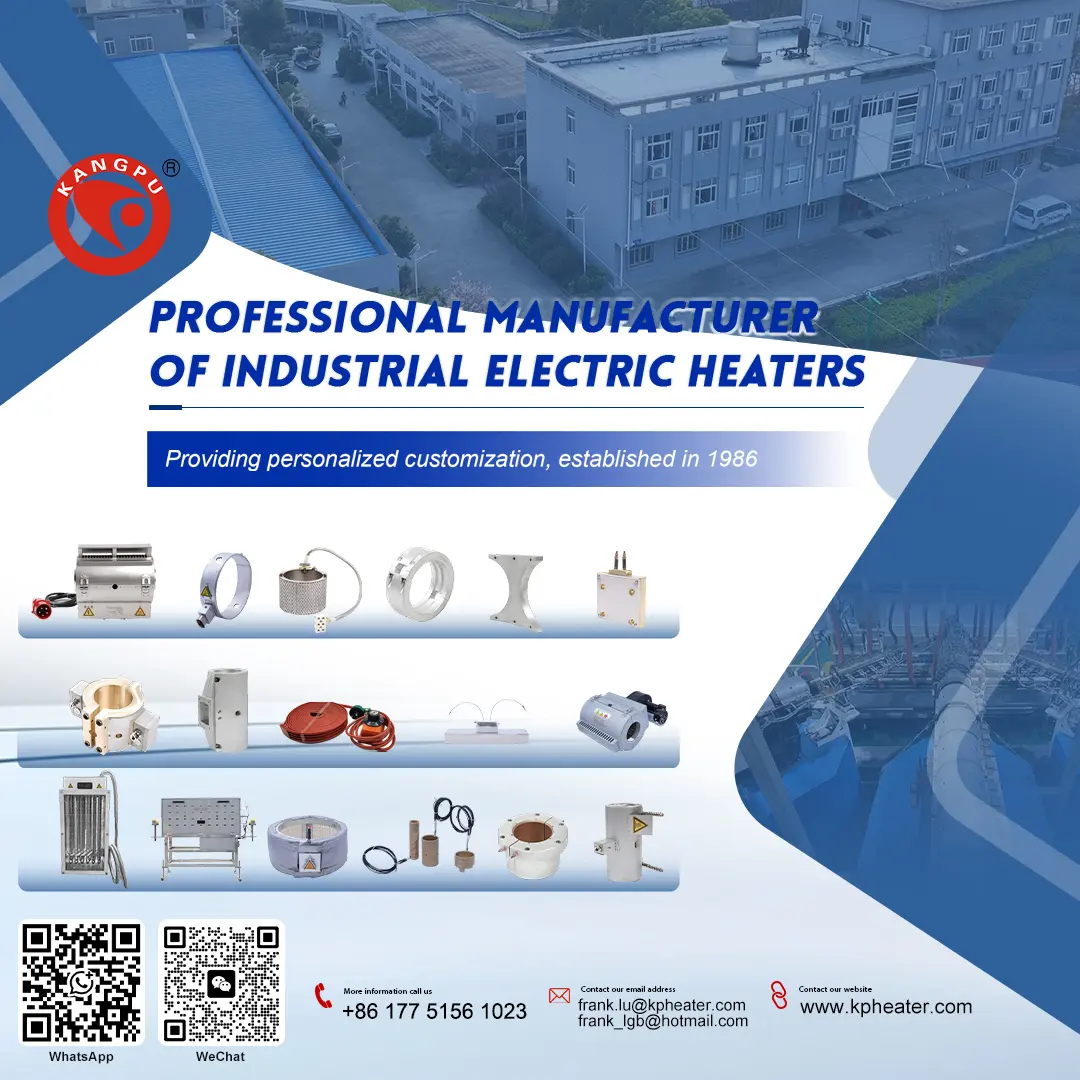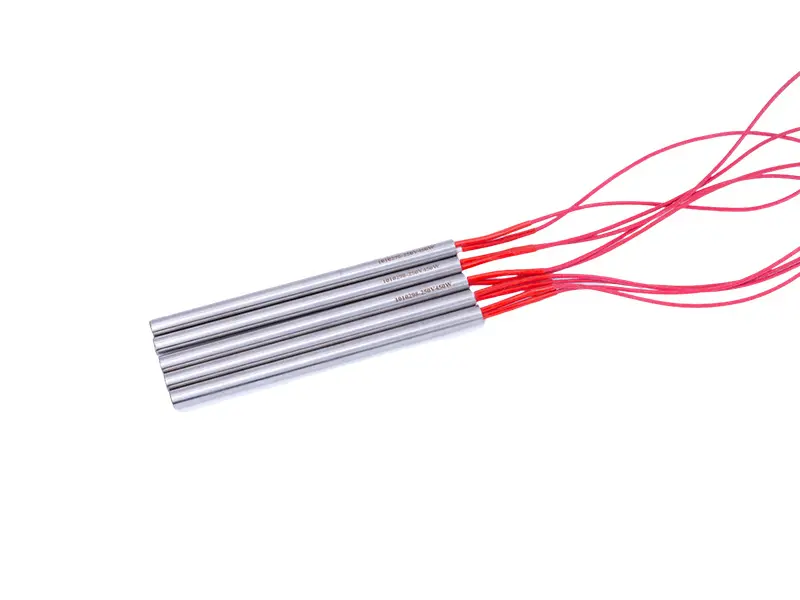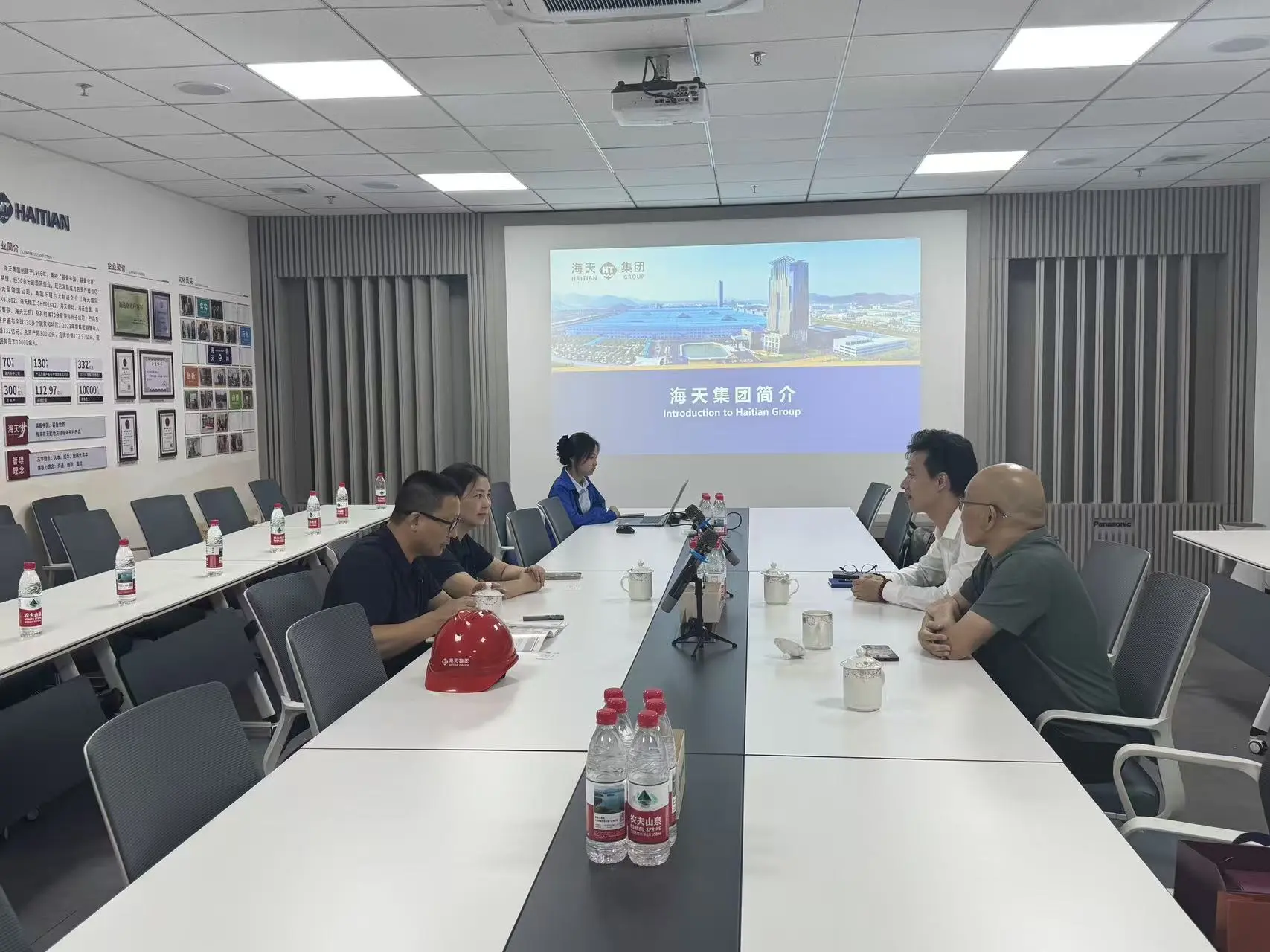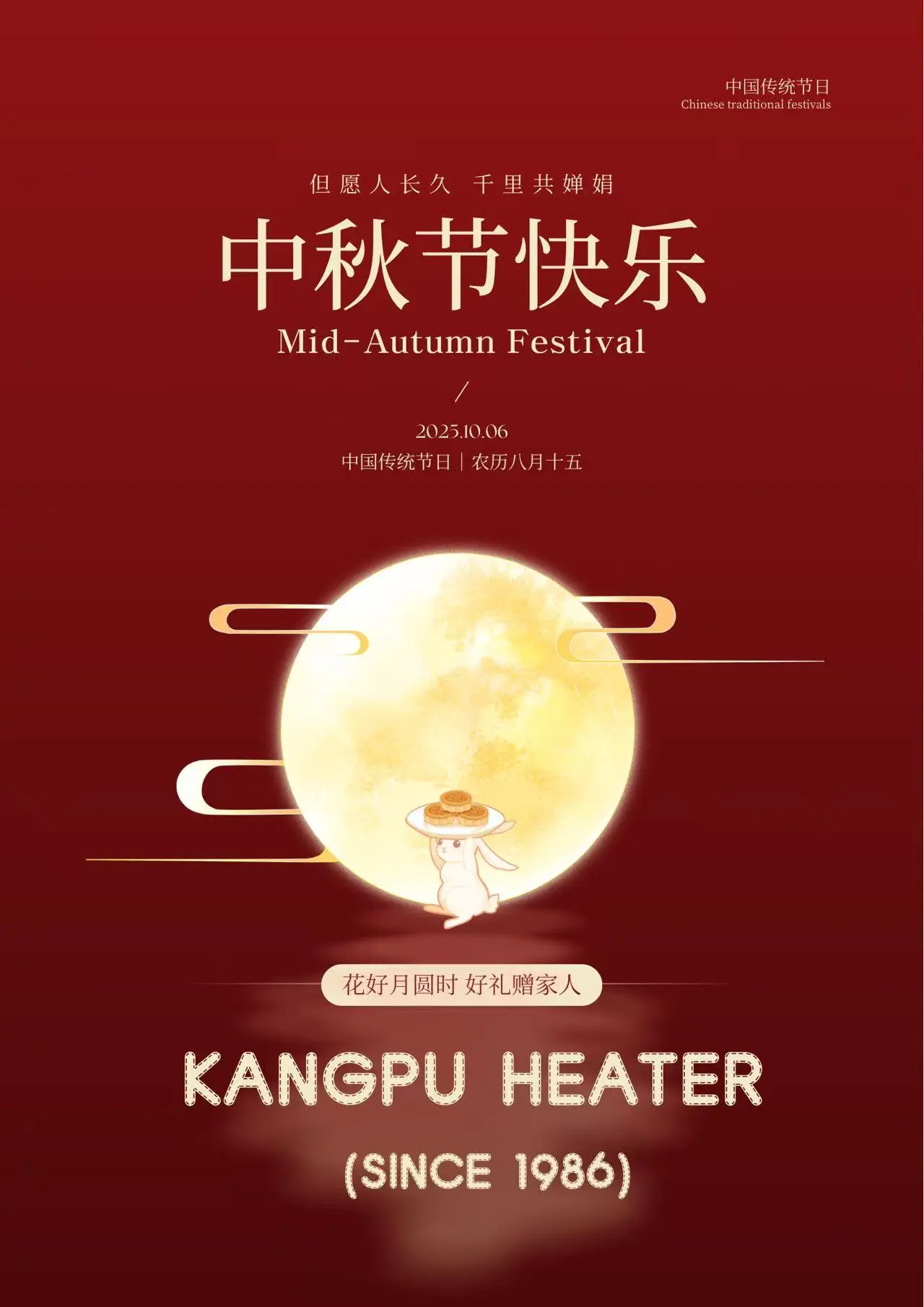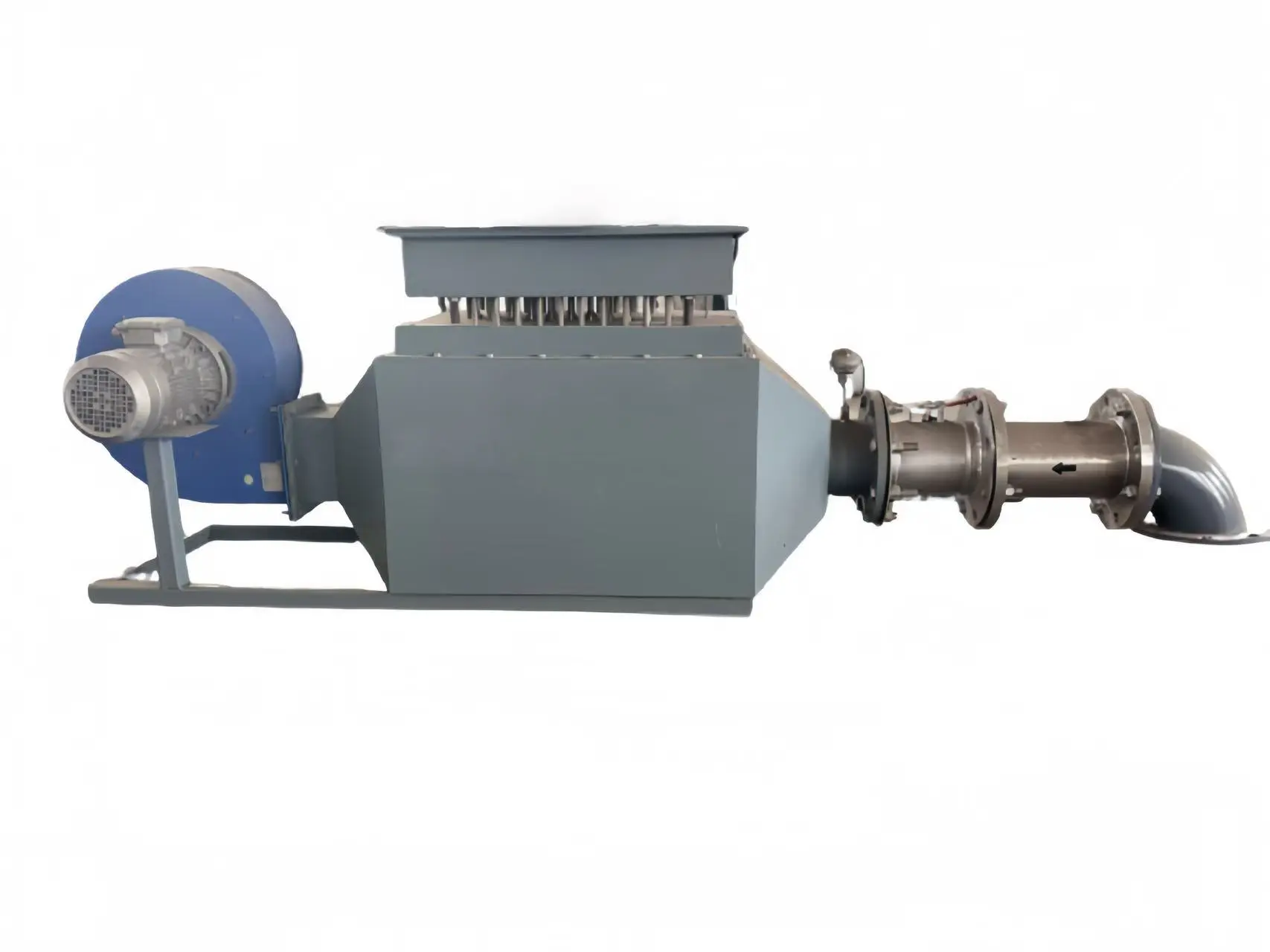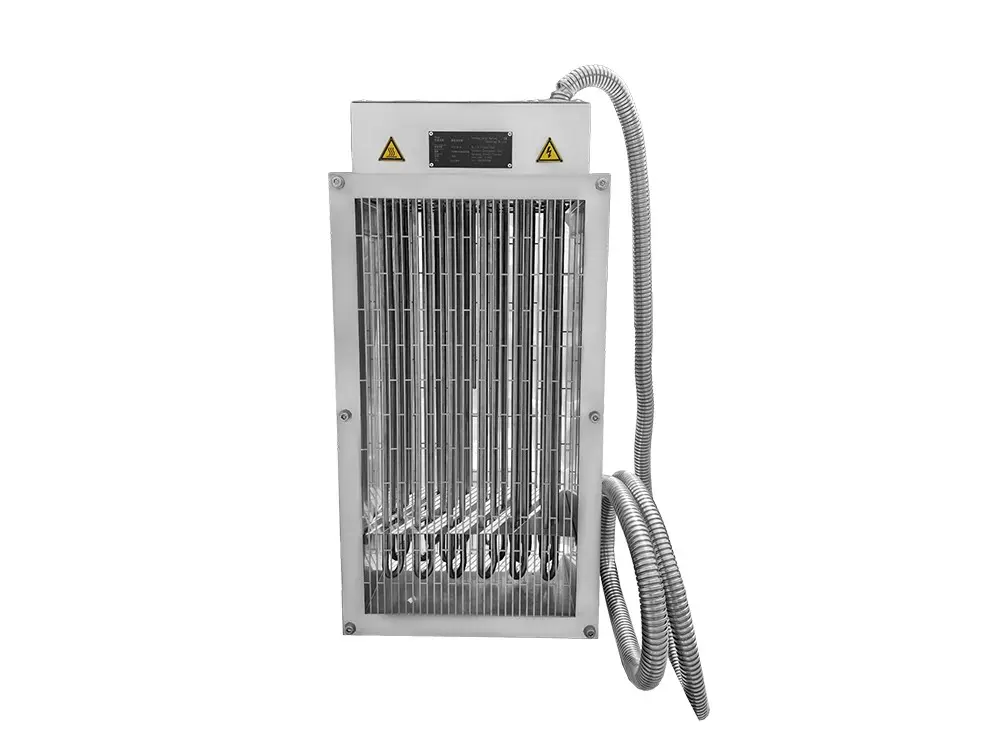Unlocking Air Duct Heaters: Principles and Applications Explained
The working principle of Air Duct Heater
The core component of the duct heating unit is the Heating Element (such as electric heating tubes, PTC heating bodies, etc.). Its working process is as follows:
1. When the equipment is powered on, the heating element uses the thermal effect of the current (or other energy conversion) to generate heat.
2. Under the drive of the Fan, the air flows through the heating element's surface.
3. The heat is transferred to the air through heat conduction, convection or radiation, causing the air temperature to rise.
4. The heated air is then transported along the duct to the space where heating or drying is required.
The Features of Air Duct Heater
1. High heating efficiency: Air directly contacts the heating element, resulting in minimal heat loss and a heat conversion efficiency typically exceeding 90%.
2. Precise temperature control: Equipped with temperature sensors and thermostats, it automatically adjusts the heating power according to the set temperature to prevent overheating or underheating.
3. Flexible installation: Compact in size, it can be directly embedded in the ventilation system without occupying additional space, and is compatible with different ventilation dimensions.
4. Better safety: Some products are equipped with overheat protection, leakage protection, etc. When the temperature exceeds the threshold or a fault occurs, it automatically cuts off the power to reduce safety risks.
5. Wide application range: The heating power can be adjusted according to requirements to meet the temperature requirements of different spaces, and it can adapt to various environments (such as dry, non-corrosive gas-free occasions).
The application industries of Air Duct Heater
1. Industrial sector: Used for winter heating in workshops and factories, or for drying materials in industrial production (such as drying processes for food, medicinal materials, wood, etc.).
2. Commercial and civilian: As an auxiliary heating device in central air conditioning systems in shopping malls, office buildings, hotels, etc., to supplement heating; it can also be used for preheating the air in home ventilation systems.
3. Agricultural sector: Used for temperature regulation in greenhouse facilities to meet the growth requirements of crops in low-temperature environments; or for heating in livestock farms to maintain suitable breeding temperatures.
4. Other scenarios: Such as air heating in car painting rooms (to ensure stable temperature in the painting environment), and constant temperature control in laboratories, etc.

